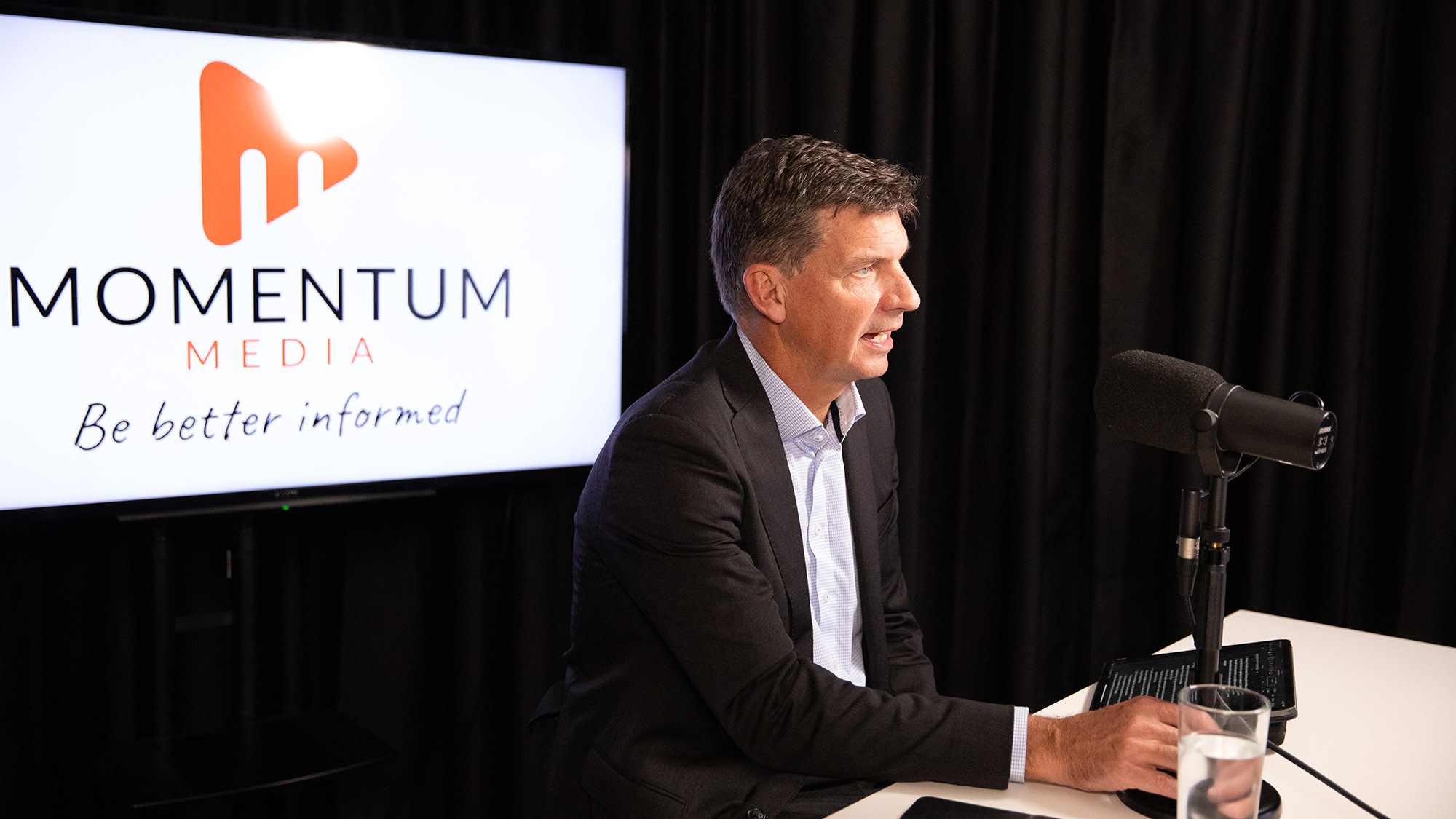International investing - A world of opportunity


There are usually two main points raised in connection with international share funds. One is a positive — greater opportunities presented — while the other is usually considered a negative — currency fluctuations and rates of exchange.
While some investors may feel in the current circumstances, including international share funds in a portfolio is high risk, with little or no return, this is not the case. International shares over the long term (notwithstanding recent history) tend to generate similar returns, but with less volatility, to domestic portfolios.
Indeed, with international share markets holding over 98 per cent of the world’s equity, it is clear that investing in the Australian market alone limits investment opportunities. Graph 1 shows the cap-weighted share allocation of different international markets.
Investment opportunity
The Australian share market is highly concentrated, not only in the sectors available, but in terms of the total number of issuers, and it is generally accepted that international share funds offer choices that give diversity not available in exclusively domestic equity portfolios.
Taking a sector perspective, the Australian Securities Exchange is dominated by finance and resource companies, which make up 29 per cent and 39 per cent of the total market capitalisation (respectively, at June 2008). Further, the domestic market does not offer exposure to segments available in the global investment universe, such as oil drillers, big pharmaceutical companies, cruise liners, non beer alcohol, or conglomerates with emerging market exposure. Graphs 2 and 3 show how the Australian market sector breakdown compares to the international market composition.
Depth of investment choice is also greater internationally. In the finance sector it is possible to invest in credit card companies, mortgage servicers, and regional as well as global banks. Locally, the choice in the finance sector is limited, for all intents and purposes, to the ‘big four’, which have very similar dynamics.
The same with oil, where domestically there are only two or three investable companies, largely similar in characteristics and opportunities, whereas in global markets investors can chose to focus on, say, low cost producers, or companies with large reserves, or those with significant exploration potential.
Investing in international shares also allows investors to access markets that are at different levels of development, such as emerging markets or in purely industrial-based economies, in addition to the sector-specific international funds that focus on defined areas including large caps, small caps, global brands, technology, healthcare, commodities, or resources. Such opportunities aren’t available by investing solely in Australia.
Managing currency volatility
Many consider currency a significant hurdle in international investment, particularly those who have invested during the last six months of currency volatility. However, well-managed currency strategies can both manage risk and significantly enhance the performance of international share funds.
In some cases there is a correlation between the movement of the Australian and US dollar and share prices. When the US dollar is weak, share prices in companies such as oil and commodity producers, and multinational organisations benefit. These price effects can sometimes act as a natural hedge against currency movements. Over long periods of time, currency rates between countries with stable economies and low inflation rates tend to revert to the mean.
Without doubt, currency forecasting is among the hardest of arts and investors are often best served by not letting currency unduly influence their investment decisions. It is far more important to invest in an appropriate asset than to alter asset selection due to currency.
Implementing an international investment strategy
Understanding the different funds, their approaches and investment universe can be a challenge and sound advice is critical if investors are to choose the funds which best suit their risk profile and complement the established portfolio.
While most Australian-domiciled pooled funds are structurally the same, there can be differences in the fine print. For example, the tax and distribution treatments can vary significantly, either being passed on to the investor or absorbed by the trust.
Other areas to look at include:
- manager skill and investment process — how they make their investment decisions;
- what use is made of hedge funds or derivatives if there is scope for leveraged investments and how this will suit the investor;
- investment objectives and whether they align with the investor’s needs;
- fees — are they fixed, variable or upfront? Look for an indirect cost ratio, not just a management expense ratio — there is often a big difference; and
- how the fund fits into the overall portfolio. Decisions should not be made in isolation.
A common concern of investing via trusts is that investors may end up with a higher-than-realised exposure to some companies or regions. This can be a bigger risk with some types of international share funds — for instance, investing in an emerging market fund or a global opportunities fund might duplicate regional investments, giving a level of exposure that is inappropriate.
A simple way to avoid this can be to use either a core broad-based manager or a mixture of two or three managers with differing investment objectives (target risk and return), geographic biases and/or investment styles.
Monitoring exposures can be more difficult after a portfolio has been created, so it is advisable to do all the research upfront. A good pre-international investment procedure is to:
- create a checklist of the guidelines of any current managers and the investment under consideration;
- look closely at compliance and governance structures (eg, limits to geographic/issuer exposures);
- understand the present and potential fund positioning — consider using managers with differing styles or geographic emphasis to avoid duplication; and
- check to see if the fund has a strong rating from a credible research house.
International share portfolios can be constructed using a number of approaches: global developed core, emerging market satellite, US, Europe, Japan and Asia ex-Japan regional mandates, and so on, and investors are often tempted to move between broad geographic exposures and regional mandates dependent on the flavour of the month. Advisers need to manage this temptation when rebalancing a portfolio and in setting the boundaries from the outset, the need for constant adjustments can be avoided.
For Australian investors, a broad-based approach is a quick and efficient means of gaining exposure to a wide range of opportunities, with the areas of concentration, emerging market exposure, income or growth bias a function of an investors’ risk tolerance.
Adam Coughlan(left) is general manager — retail for Australian Unity Investments and Chad Padowitz (right)is chief investment officer of international equities manager Wingate Asset Management, a joint venture with Australian Unity Investments.
Recommended for you
Proposed legislative changes to safe harbour duty could result in advisers having reduced professional indemnity costs, a joint submission by seven major licensees said.
With 66 per cent of newly established advice licensees being sole advisers, what are the risks and legal ramifications to consider when taking the plunge into self-licensing?
Despite its popularity, only 1 per cent of financial advisers say they have often discussed cryptocurrency with clients, CoreData said, fuelled by concerns of heavy legal expenses if the product goes wrong.
AFCA and the CSLR have signed a memorandum of understanding as to how they will support an efficient financial services sector via the scheme.














